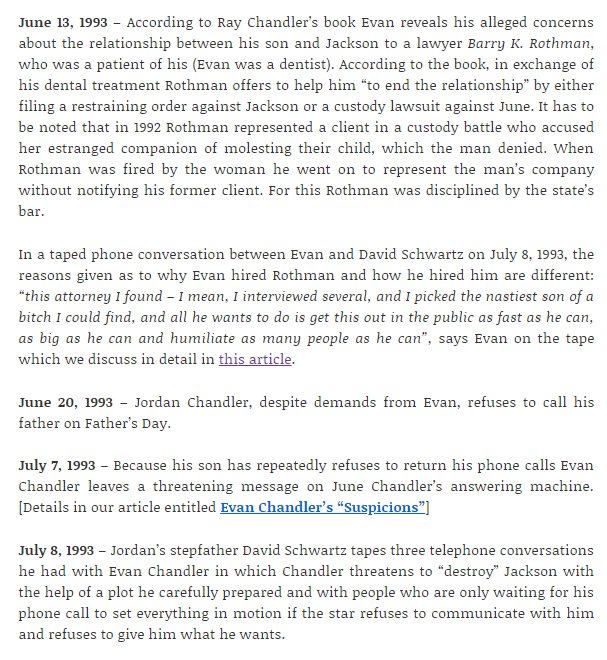In this thread, I will explain the most relevant practices that are part of the TPS, with a huge focus on their problem solving approach and on their incentive systems.
[1/N]
Most management schools define it as: ensuring that the supplies arrive only at the moment they are needed, so that they can be directly delivered to the plant, without unnecessary transit in a warehouse.
IT IS INCOMPLETE
As we will see, everything in the TPS is about facilitating problem solving.
Buffers are great when the unexpected happens. They are competitive advantages.
The problem with buffers is that they cover problems, preventing them from being addressed.
Removing buffers to surface problems so that they HAVE TO be addressed is instead a solution that works.
One is hit by the bus he doesn't see coming. Buffers hide buses.
What a way to ensure problems are solved immediately, rather than being lost in a suggestion form!
- It gets problems solved faster
- By the workers who know the machines best
- With them retaining ownership & motivation
- himself
- his direct reports
If his direct reports don't improve their problem-solving skills & apply them, the manager cannot get promoted, no matter his results
As an example of that, let me tell you the story of Mr. DuPont (from the DuPont company). He flew the guillottine in France to open a gunpowder company in Delaware.
(continues below)
Mr. DuPont moved in with his family, in the middle of the plant.
And he ruled that all new machines have to be operated by management for the first hour.
Skin in the game works.
No more explosions.
Problems have to be solved on the floor. Where they happen. By people who know them.
This is called Genchi Genbutsu. To truly understand a situation one needs to go to genba (現場), the "real place" - where work is done.
I've seen this when I consult manufacturing companies. The simple act of forcing the directors & CEO to regularly walk on the factory floor & talk with workers asking the right Qs does wonders for their operations.
I will not list more, because if the fundamental ones are not taken care of, no amount of "additional practices" will work.
However, a few more words on values.
You want your workers to behave rightly when things go wrong, when they are rushed, fatigued and the boss is not there. Not when things go right
- Your company must take *costly*, *visible* tradeoffs.
- Values are standards; standards have no grey area (luca-dellanna.com/grey-area-comp…). They must be *crystal clear* and *obsessively* hold people accountable.
If you have questions on TPS or on operations management, please ask!
Focus on the fundamentals, then focus on them a bit more.
They do have systems to reduce variation in their processes, but this does not make them fragile (as it generally happens).
Why?
- it reduces volatility without using shortcuts (ie real reduction in volatility, not only a skewedness)
- it still keeps redundancy & flexibility (Toyota’s new plant is not bolted to the ground)
(Of course, not true for all contexts, but true for most of those in manufacturing)







